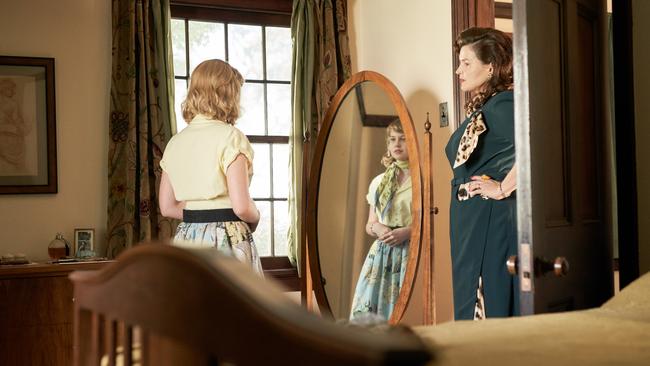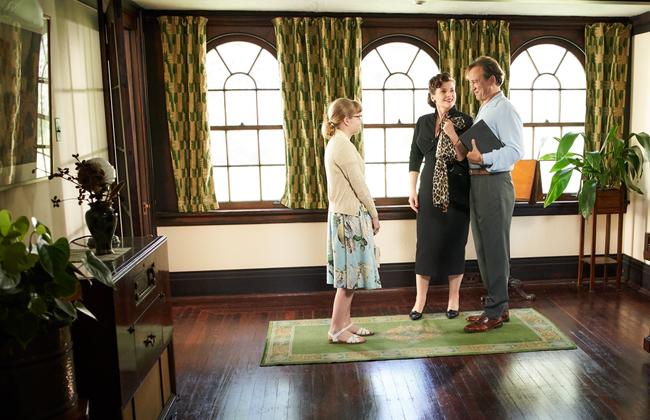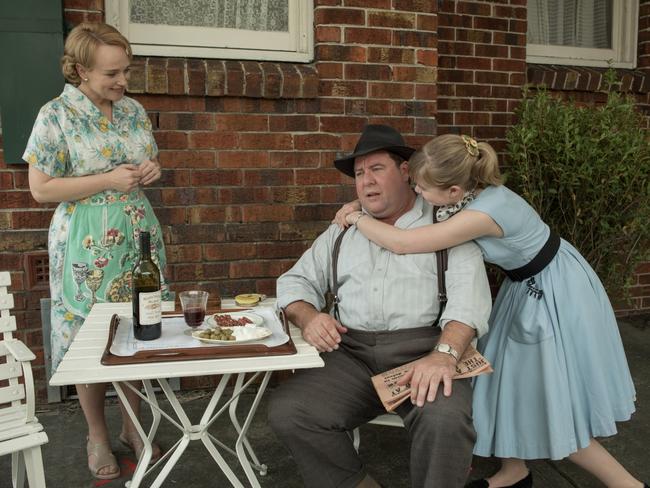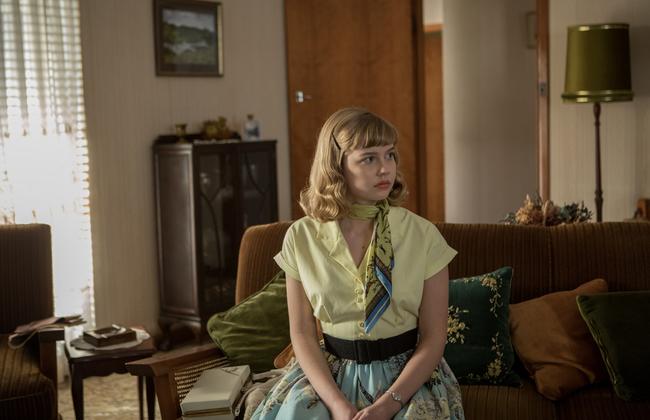Bruce Beresford’s coming-of-age film, Ladies In Black, reflects on the changing face of Sydney
DIRECTOR Bruce Beresford’s latest film is a study in the way we used to live — and how we’ve taken a more open approach to design

Home Mag
Don't miss out on the headlines from Home Mag. Followed categories will be added to My News.
WHEN people become nostalgic about a golden period in Australian society, inevitably they’re referring to the 1950s. But Sydney at that time was on the brink of massive social change sparked by changed expectations of the existing population following the war years and waves of post-war migration, largely from Europe.
But while for older, more established generations, a three-bedroom brick house in the suburbs was the pinnacle of the Australian dream, younger people and new arrivals had a very different agenda. This imminent change in the way we live is the backdrop for director Bruce Beresford’s latest film, Ladies In Black.



CHANGING FASHION
Focused on the lives of four women working at the fictitious Goode’s department store (loosely based on David Jones), it’s a coming-of-age story for young Lisa (Angourie Rice), a clever girl from the suburbs who spends her summer break working in the fashion department as she awaits the outcome of her university application.
She soon comes to the attention of couture fashion saleswoman Magda (Julia Ormond), a migrant from Slovenia with plenty of European charm and style who introduces Lisa to a very different way of living.
Production designer for Ladies In Black, Felicity Abbott, says the houses of each character were chosen to reflect their background — and their view of the world.
“With Lisa’s house, I was looking to portray that post-war austere quality, which was very much the tone of pre-1960s Australia, as opposed to the house we chose for the Europeans, which was much more reflective of where they had come from and where they would choose to live,” Felicity says.



Location scouts used two red-brick houses in the inner west to capture Lisa’s home life with her parents. Characterised by a series of closed-off rooms with no connection to the backyard, the houses are the antithesis of the open-plan way most of us want to live today.
“Those homes were the benchmark for what the average family would aspire to — which would be equally too expensive and unliveable these days,” Felicity says.
The house Magda shares with her Hungarian husband Stefan (Vincent Perez) is the opposite — a gracious property nestled among trees near Sydney Harbour.
Felicity says they pulled off a minor coup scoring author May Gibbs’ house Nutcote for Magda and Stefan’s home — helped somewhat by the affection for the book by Madeleine St John that the film is based on.
“It is very much that idea of Europeans creating a new life in Australia at that time,” Felicity says. “It’s airy and it captures that relationship with Sydney Harbour.”
More: Ladies In Black opens in cinemas on September 20

PAST PERFECT
Cinematographer Peter James says while it was a real privilege to shoot scenes at Nutcote, there were challenges using the National Trust property.
●Designed by architect BJ Waterhouse, Nutcote is in a suburban street in Neutral Bay. Access was tricky but Peter says neighbours allowed them to set up lights in their front yard to shoot Lisa’s transformation scene at Magda’s house. “They were wonderful,” Peter says.
●Great care was taken to protect the house and its contents. “We had to make sure we didn’t scratch anything and the floors had to be covered so that we didn’t damage anything — we brought in our own rugs and all the May Gibbs things were moved out,” Peter says.
● The choice of house was critical to Magda and Stefan’s story. “They thought they had died and gone to heaven,” Peter says. “Coming from (post-war) Europe to Sydney was like paradise for them. Australia will always be a country of immigrants.”
